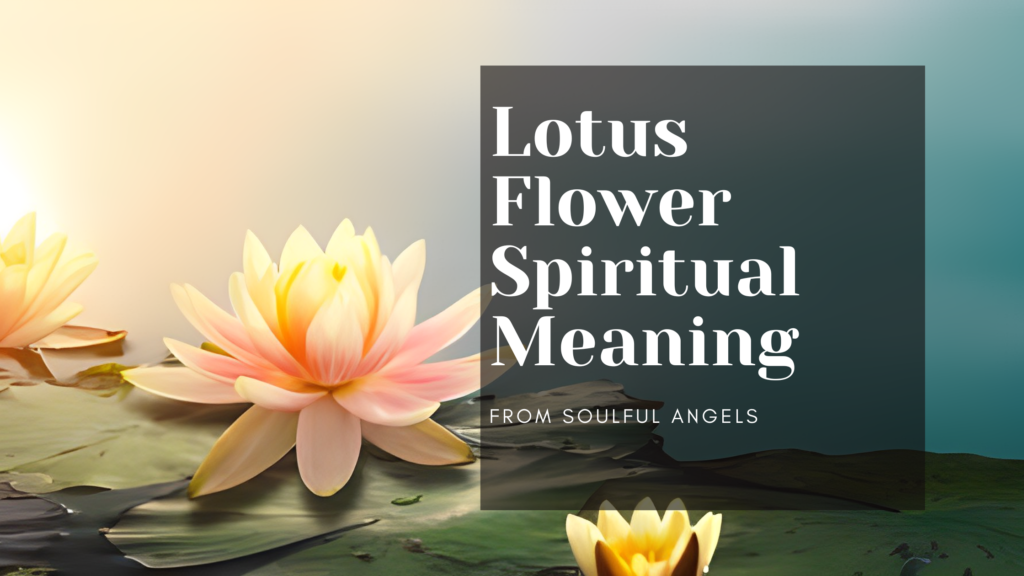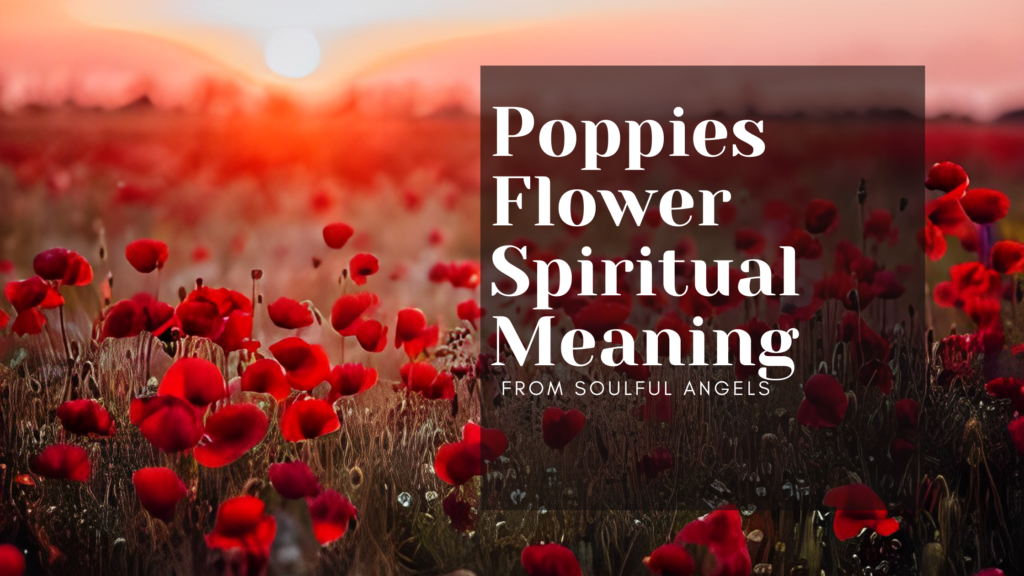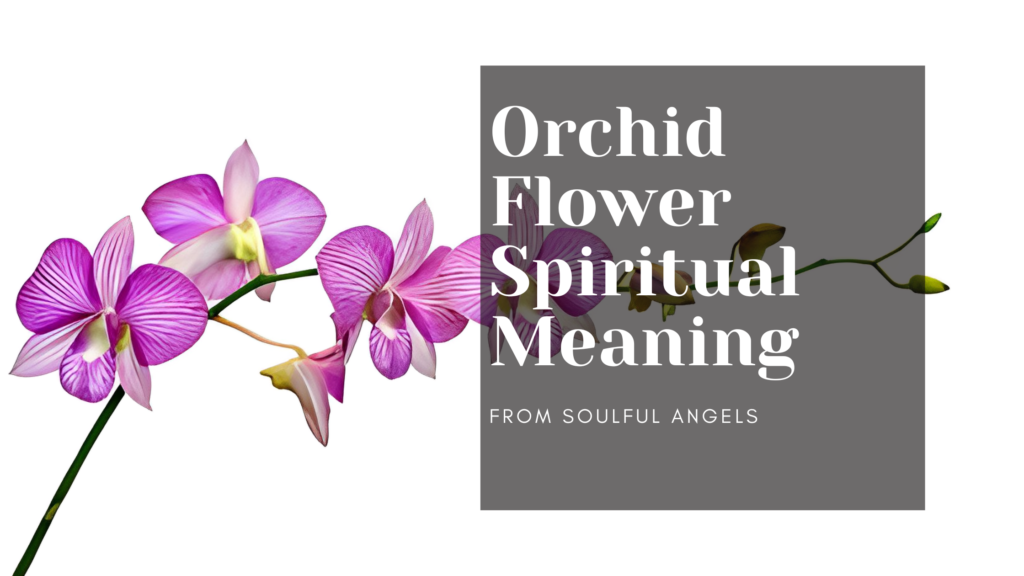Introduction
The lotus flower, a captivating and enigmatic plant, has been revered throughout history for its rich symbolism and mesmerizing beauty. Its significance varies across different cultures, and it is considered sacred in Eastern traditions. This article delves into the meanings and symbolism of the lotus flower, exploring its cultural, historical, and even scientific facets.
Lotus Flower: Meanings and Symbolism
The lotus flower holds diverse meanings across various cultures, yet it consistently represents purity, spiritual enlightenment, and rebirth. Let’s examine how this elegant bloom is interpreted in different traditions.
Buddhism
In Buddhism, the lotus flower is closely associated with Buddha himself. Similar to the lotus’s emergence from muddy waters, the Buddha rises untouched by the negative aspects of the world, attaining enlightenment. The white lotus symbolizes purity of body, mind, and spirit, while the pink lotus represents Buddha himself.
Hinduism
Lotuses are linked to Hindu goddesses Lakshmi and Vishnu, often depicted sitting on lotus flower thrones or holding lotuses. In Hinduism, the lotus signifies spiritual enlightenment, beauty, fertility, purity, prosperity, and eternity. It is believed that every Hindu carries a lotus flower in their heart, and when it blooms, the person achieves enlightenment. In Hindu tantra, lotuses represent the body’s energy centers, known as chakras.
Ancient Egypt
Ancient Egypt regarded the “lotus” as a symbol of rebirth and regeneration, closely tied to the sun’s cycles. Lotus flowers, which open in the morning and close at night, symbolize the cycle of life, death, and rebirth. The blue lotus, found along the Nile River, was a symbol of fertility and abundance, though it is now endangered. Lotus flowers frequently appeared in Ancient Egyptian art, hieroglyphs, and alongside pharaohs and deities.
Lotuses vs. Water Lilies: What’s the Difference?
Lotuses and water lilies, often mistaken for one another, belong to different plant families. Lotuses belong to the Nelumbonaceae family, while water lilies are part of the Nymphaeaceae family. They differ in how they grow, with lotuses having submerged roots and emerging stems, leaves, and flowers, while water lilies float on the water’s surface. Lotuses are generally larger and are considered more elegant compared to water lilies.
Lotus Flower: History and Insights
The lotus flower’s history dates back over 100 million years, with fossils revealing its ancient lineage. Two living species of lotus plants exist: Nelumbo nucifera, known as the “Sacred Lotus,” revered in Buddhism and Hinduism, and Nelumbo lutea, or the “Yellow Lotus,” found in North and Central America. Despite their delicate appearance, lotus plants are incredibly hardy, with seeds that can remain viable for centuries. The lotus is also the national flower of India and Vietnam.
The “Lotus Effect”
Lotus leaves possess a remarkable property known as superhydrophobicity, causing water droplets to roll off the surface while carrying away dirt and foreign materials. This behavior, termed the “lotus effect,” has inspired scientists and engineers to replicate it for water-repellent fabrics.
Lotus Flowers in Medicine and Cuisine
Lotus plants offer various practical applications, with all parts being edible. Lotus root is a popular ingredient in Asian cuisines, lotus tea is a favored beverage in China, Korea, and Vietnam, and lotus seeds are used in traditional Chinese medicine. Moreover, lotus flowers can serve as a natural food coloring when dried and ground into a powder. Indigenous Australians have also consumed different parts of the lotus plant.
Conclusion
The lotus flower, often overlooked at first glance, carries profound cultural, historical, and spiritual significance. From its symbolic representation in religious iconography to becoming the national flower of India and Vietnam, the lotus flower is truly extraordinary. Its ability to thrive in adverse conditions and its daily cycle of renewal make it a potent symbol of transformation, growth, and enlightenment. Like the lotus, we too can rise above challenges and emerge with purity, wisdom, and beauty.
If you enjoyed this exploration of lotus flowers, consider delving into the world of other fascinating blooms, such as gladioli or asters, as part of our Flower Insights series. Whether for birthdays, anniversaries, or special occasions, flowers convey messages of beauty, spirituality, and renewal.
In the words of Amit Ray, “Be like a lotus. Let the beauty of your heart speak. Be grateful to the mud, water, air, and light.” The lotus flower encourages us to rise above life’s challenges, embracing purity and enlightenment. It is a timeless symbol that continues to inspire and captivate people around the world.
Also Read:
- Aquamarine Stone Spiritual Meaning
- Lapis Lazuli Stone Spiritual Meaning
- Jade Crystal Stone Spiritual Meaning
- Sunstone Crystal Spiritual Meaning
- Tigers Eye Stone Spiritual Meaning
- Obsidian Stone Spiritual Meaning
- Pyrite Stone Spiritual Meaning
- Bloodstone Spiritual Meaning
- Moss Agate Spiritual Meaning
- Amethyst Crystals Spiritual Meaning
- Koala Symbolism and Spiritual Meaning
- Rose Flower Spiritual Meaning
- Angel Number 222 Meaning
- Angel Number 444 Meaning
- Elephant Symbolism and Spiritual Meaning
- Angel Number 344 Meaning
- Angel Number 737 Meaning
- Angel Number 333 Meaning
- Dreaming About Time Loop
- Angel Number 919 Meaning
- Malachite Stone Spiritual Meaning
- Dreaming About Swimming
- Hyacinth Flowers Spiritual Meaning
- Horse Symbolism and Spiritual Meaning
- Ocean Jasper Stone Spiritual Meaning
- Dreaming About Being a Teacher
- Angel Number 365 Meaning
- Angel Number 777 Meaning
- Blue Colors Spiritual Meaning
Explore these Topics to discover the spiritual meanings behind each of these topics.











